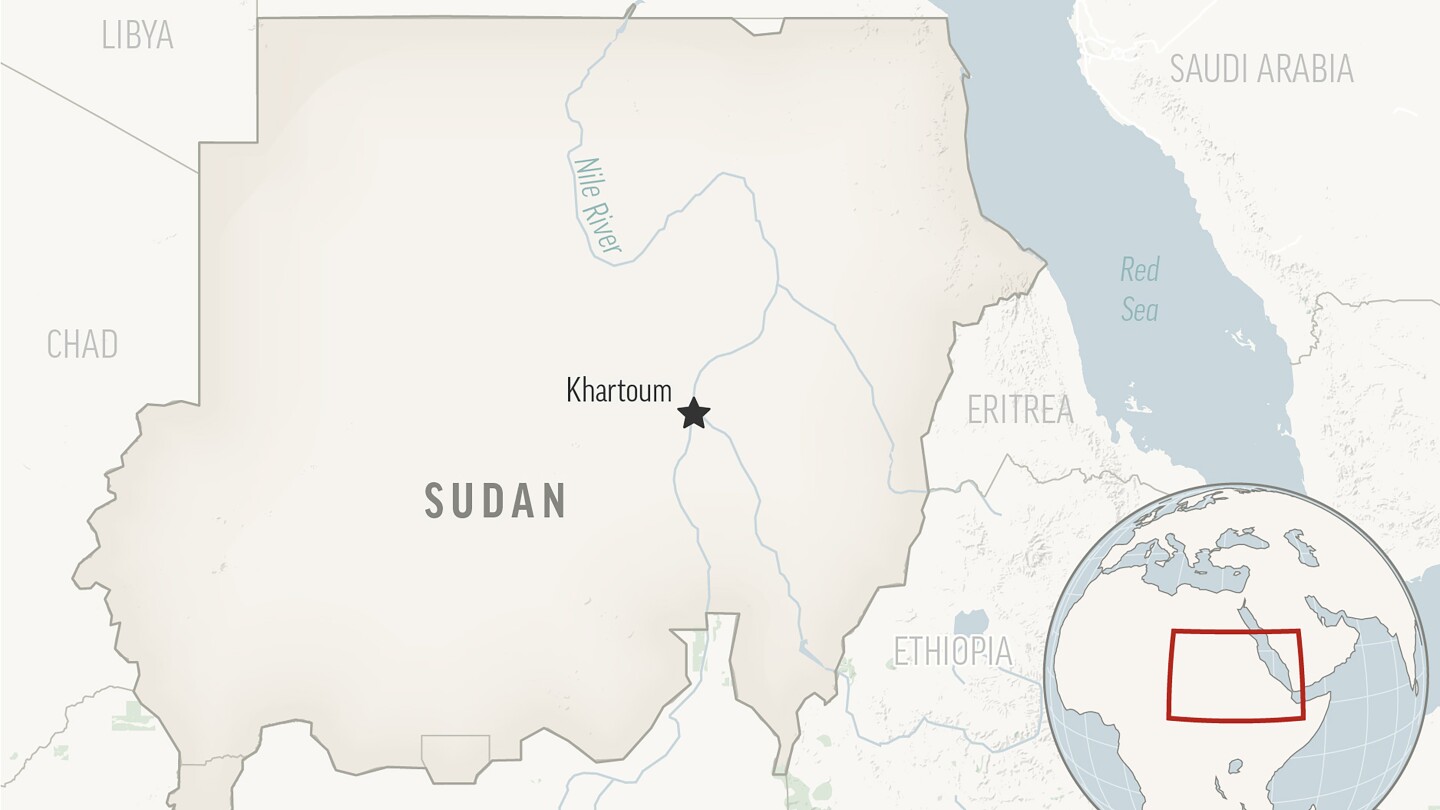Tragedy in Darfur: Over 100 Lives Lost Amid Attacks on Famine Relief Camps
In a horrific escalation of violence, more than 100 people have been killed in coordinated attacks on famine relief camps in Sudan’s Darfur region, according to a United Nations official. The assaults, which occurred over the past week, targeted vulnerable displaced communities already grappling with severe food insecurity. Humanitarian organizations warn the attacks threaten to derail critical aid operations in a region where 9 million people face acute hunger.
Escalating Violence Amid Humanitarian Crisis
The attacks mark the deadliest incident in Darfur since the outbreak of renewed conflict between Sudan’s military and paramilitary Rapid Support Forces (RSF) in April 2023. Witnesses describe armed militias storming camps near El Fasher and Nyala, setting fire to shelters and targeting civilians attempting to access food distribution points.
“This represents a catastrophic failure to protect civilians,” stated UN Humanitarian Coordinator for Sudan, Markus Werne. “When relief camps become battlegrounds, we’re not just seeing lives lost today – we’re condemning thousands more to starvation tomorrow.”
Key crisis indicators:
- Darfur’s malnutrition rates exceed emergency thresholds in 12 localities
- Only 23% of required humanitarian funding for Sudan has been secured
- Over 500,000 Darfur residents have fled to Chad since 2023
Systematic Targeting of Aid Infrastructure
Analysts note the attacks follow a disturbing pattern of obstructing humanitarian access in conflict zones. Three medical facilities and two World Food Programme warehouses were reportedly looted or destroyed during the assaults. The violence has forced at least five major aid organizations to suspend operations, affecting 1.2 million beneficiaries.
Dr. Amira Khaled, a Sudanese physician who recently evacuated from El Geneina, explains: “These aren’t random acts of violence. The destruction of food stores and medical supplies has military precision. It’s collective punishment of civilian populations.”
The RSF has denied involvement, blaming “outlaw groups” for the attacks. However, satellite imagery analyzed by the Center for Humanitarian Data shows military-style formations moving toward camp locations hours before the assaults.
International Response and Legal Implications
The UN Security Council convened an emergency session, but diplomats report stalled negotiations over potential sanctions. Meanwhile, the International Criminal Court has signaled it may investigate the incidents as potential war crimes.
Legal experts emphasize the special protected status of humanitarian personnel and facilities under international law. “Attacking clearly marked relief operations violates multiple Geneva Convention protocols,” notes international law professor Elena Petrov. “There’s mounting evidence for prosecution at both domestic and international levels.”
Key legal considerations:
- Article 3 common to the 1949 Geneva Conventions
- Rome Statute provisions on starvation tactics (Article 8(2)(b)(xxv))
- UN Security Council Resolution 2417 (2018) on conflict-induced hunger
Humanitarian Fallout and Access Challenges
The attacks have exacerbated what was already the world’s largest displacement crisis, with 8.6 million people forced from their homes across Sudan. Aid workers now face impossible choices between maintaining operations and ensuring staff safety.
“We’re seeing the collapse of the entire humanitarian response architecture in Darfur,” warns Red Cross regional director Simon Mbeki. “Without immediate security guarantees and access corridors, we risk losing an entire generation to violence and hunger.”
The World Health Organization reports that:
- 70% of Darfur’s health facilities are non-functional
- Cholera cases have increased 400% since January
- Child mortality rates now exceed two deaths per 10,000 daily
Root Causes and Historical Parallels
The current violence echoes Darfur’s 2003-2005 genocide, with similar patterns of targeted attacks on specific ethnic communities. Experts identify three compounding factors driving the crisis:
- Competition over dwindling resources due to climate change
- Proliferation of arms since the 2019 revolution
- Breakdown of traditional conflict resolution mechanisms
Agricultural economist Dr. Yusuf Abdi notes: “Darfur’s rainfall has decreased 20% since 1970 while temperatures rose 1.5°C. When you combine environmental stress with political instability, you create tinderbox conditions.”
Path Forward: Protection and Accountability
As mourning continues in Darfur’s decimated communities, humanitarian leaders demand immediate action:
- Establishment of protected humanitarian corridors
- Deployment of independent monitors to document violations
- Sanctions targeting individuals obstructing aid delivery
The UN Office for the Coordination of Humanitarian Affairs (OCHA) has launched an emergency appeal for $2.6 billion to scale up operations. Meanwhile, grassroots organizations emphasize the need for community-led protection networks.
“International attention comes and goes, but we live with this reality every day,” says Darfur Women’s Network director Fatima Ibrahim. “We need sustainable solutions, not just emergency shipments that may never reach those starving in the camps.”
Readers can support verified emergency response efforts through the UN’s Sudan Humanitarian Fund or reputable NGOs with ground presence in Darfur. As the rainy season approaches, the window to prevent further mass casualties narrows daily.
See more Update My News



